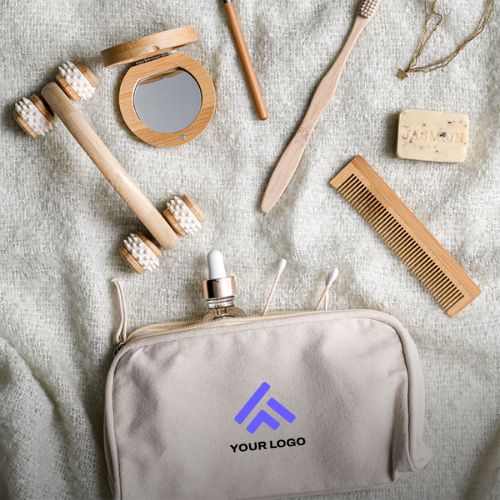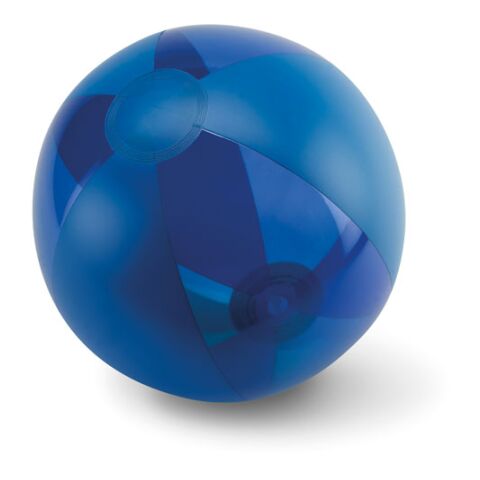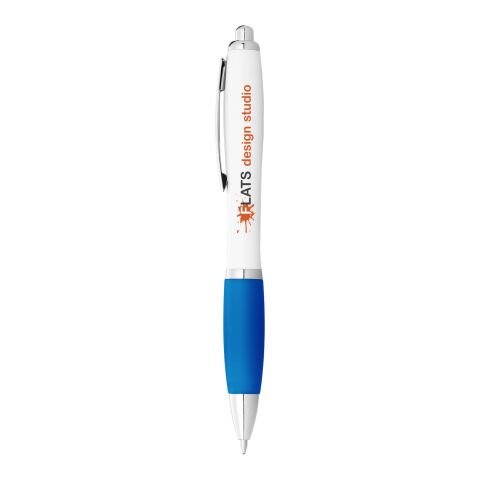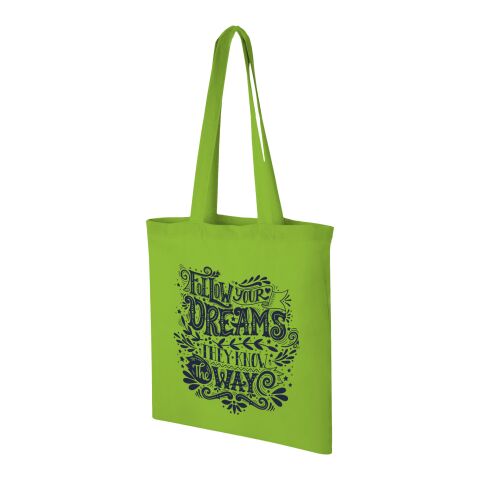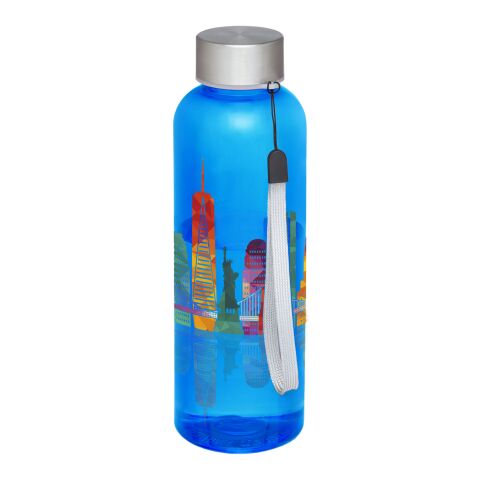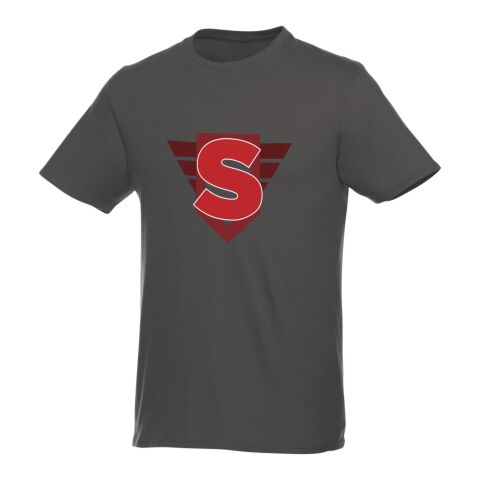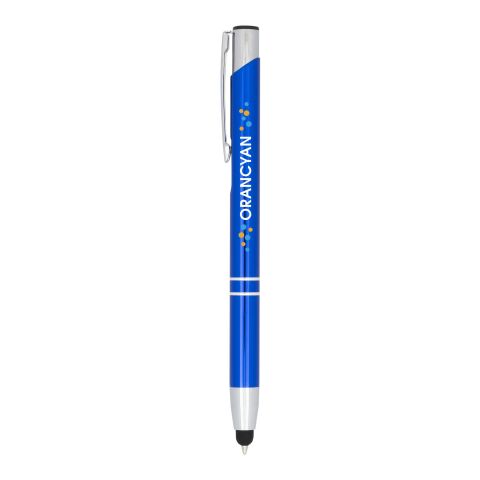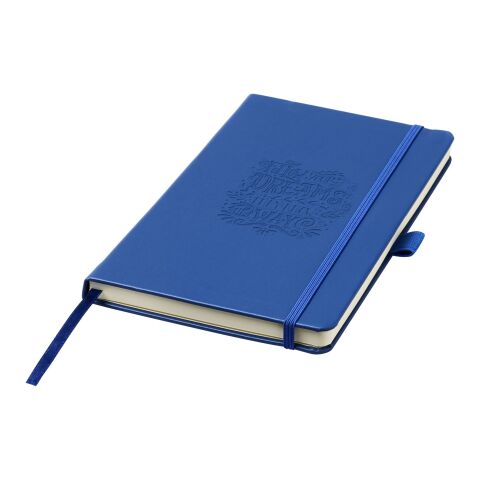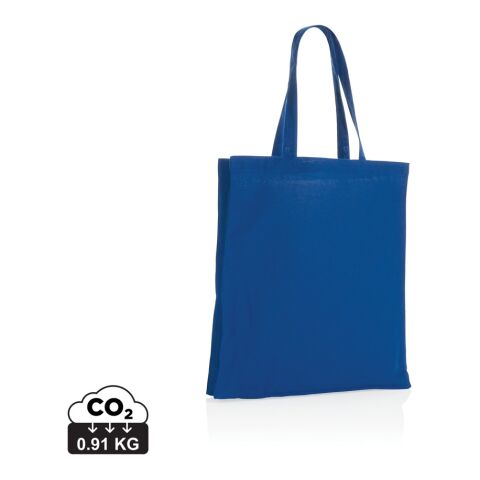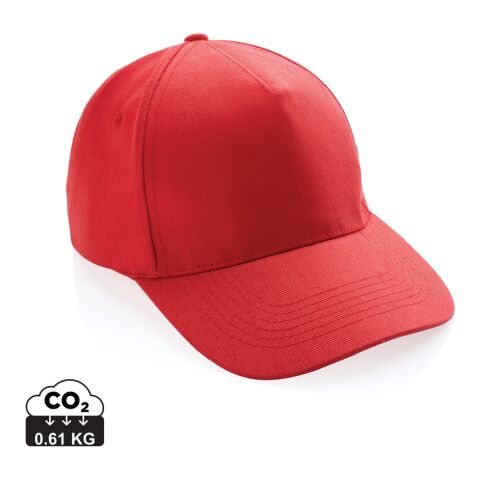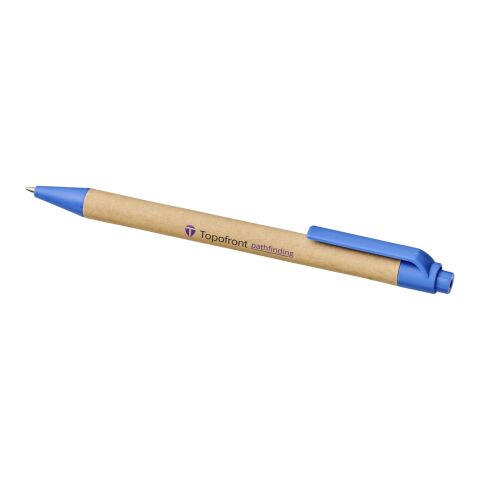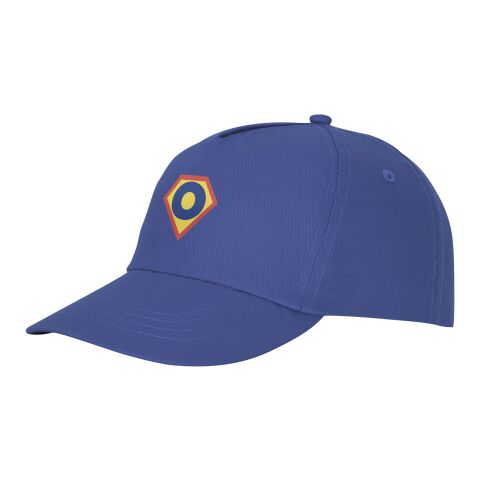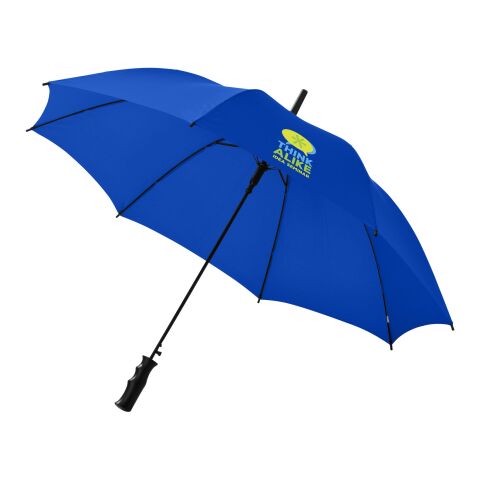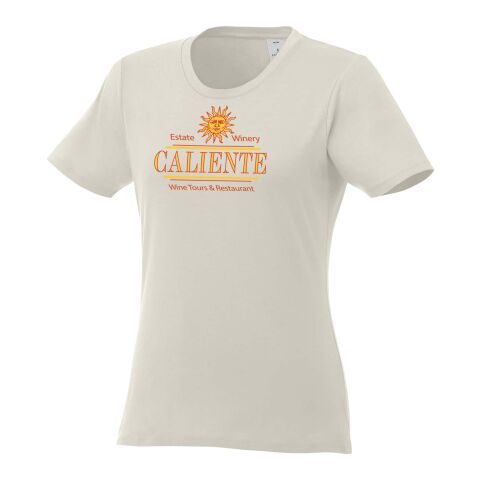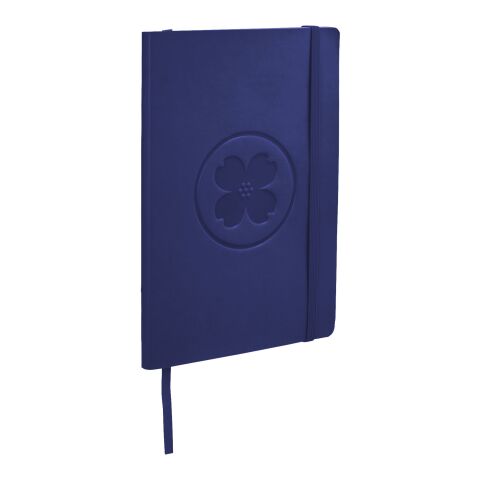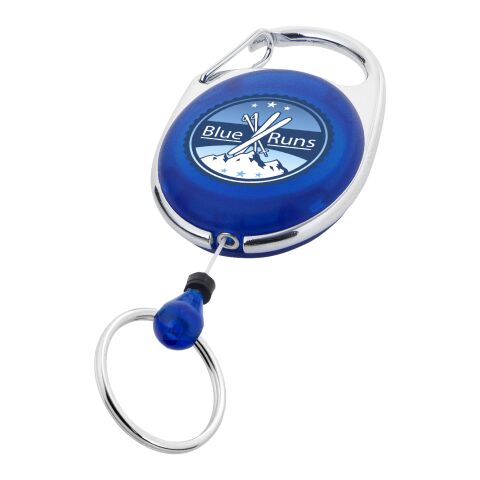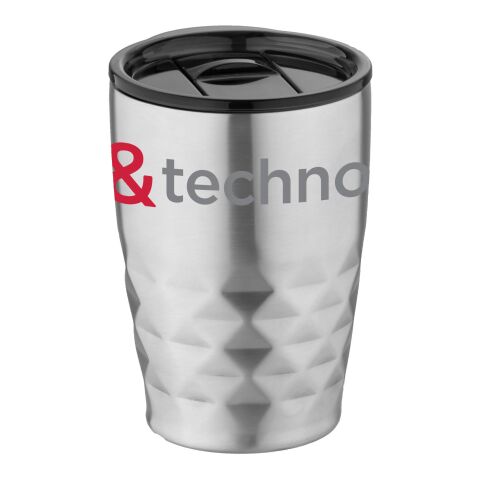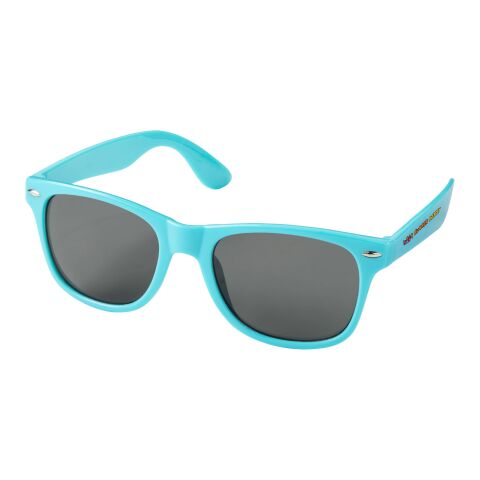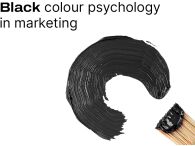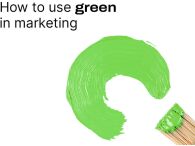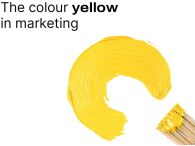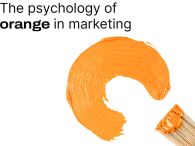How blue earns trust: a guide to blue colour psychology that converts
Blue isn’t just a pretty colour. It’s a psychological powerhouse. In marketing and branding, it’s often the quiet cue that says “you can trust us” before a word is even spoken. From finance to tech, companies have leaned on blue to signal stability, confidence and professionalism. But what is it about this colour that resonates so deeply with buyers? And how can your business use it to create stronger brand impact? This guide explores the emotional influence of blue and offers practical ways to use it across everything from your logo to your promotional campaigns.
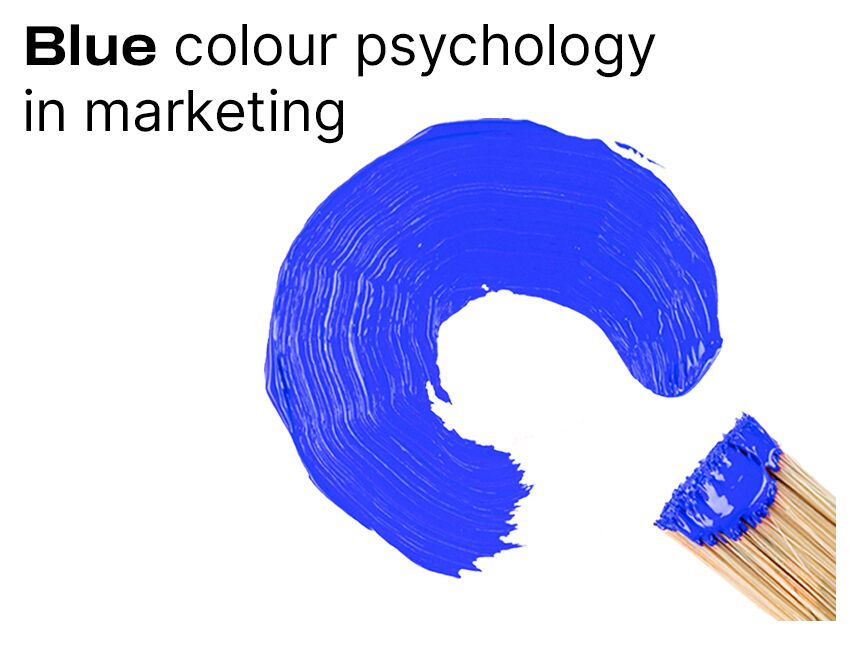
Colours play a deeper role in marketing than most people realise. This is thanks to colour psychology. They do more than simply grabbing attention or look nice. Colours can influence perception, create emotional connections, and secretly guide decision-making.
Regarding branding, few colours are more widely trusted than blue. From finance to healthcare, and technology to travel, blue has influenced companies in nearly every industry.
But what specific characteristics blue such a popular choice for businesses? Can brands be more strategic when choosing blue, especially in their marketing materials and promotional items?
This article explores the power of blue in branding. Discover how it plays a roll in the emotional associations to industry trends. Then see how it is perfect for logo and product suggestions.
Why blue seem to be everyone's favourite colour
Blue consistently ranks as the most popular and favourite colour of people around the world. Various studies and have shown that more than 50% of people choose blue as their favourite. This goes beyond colour and gender, as it was most often picked despite these factors.
This global appeal likely stems from its strong presence in nature. Blue is the colour of clear skies, beautiful lakes and oceans, and serene twilight. It evokes feelings of stability, openness and calm. These examples deeply root themselves in the human psyche, making blue a signal of safety and dependability.
For businesses, this natural connection makes blue a powerful tool. When trust and consistency are key elements of the brand message, blue is the choice.
The emotional range of blue in branding
Many times, blue represents calmness and dependability. However, different shades of blue carry different emotional tones. Choosing the right hue can make all the difference in aligning with brand values.
For example:
- Navy blue feels professional, formal and secure. Financial institutions, law firms, and corporate brands choose navy for its association with value, tradition and authority.
- Sky blue evokes peace, lightness and honesty. Healthcare, wellness, and charities alike take advantage of this colour.
- Teal and turquoise offer a more modern and creative feel. Lifestyle brands and start-ups tend to favor this colour to give themselves a youthful presence.
- Royal blue stands out with a bolder tone. This links royal blue to confidence, innovation and clarity.
Used effectively, blue can help a brand communicate intelligence, reliability and calm, all without saying a single word.
Where blue appears in well-known brand identities
Blue has long been a favourite for some of the most well-known brands in the world. Businesses with high visibility and strong reputations often take advantage of this colour to build emotional trust.
Some notable examples include:
- Facebook, Twitter and LinkedIn, who use blue to reinforce their roles as communication platforms that are approachable, reliable and secure.
- IBM, often nicknamed “Big Blue”, which uses a deep shade to signal professionalism and depth.
- American Express uses bold blue branding to inspire trust and responsibility in the financial market.
- Nivea and Oral-B, two personal care brands that use lighter blues to convey hygiene, care and softness.
Across industries, blue helps build brand loyalty not just through visuals, but through consistent emotional cues.
How blue colour psychology is used for promotional products
Any brand manager would know, consistency is key. A logo might be the foundation, but the colour palette should extend to every touchpoint. This includes promotional merchandise.
When promotional products match the brand's colour story, they do more than serve a functional purpose. They reinforce emotional messaging in a tangible way.
Think outside the box and incorporate colour into products in a different way. The product itself could be in the corporate palate. Or choose a neutral-coloured product, so a colourful logo can pop.
.jpg) Blue promotional items inspiration | © allbranded Design
Blue promotional items inspiration | © allbranded DesignConsider the following blue product ideas:
- A dark blue or navy pen with white print for a professional giveaway
- A sky-blue or pale blue travel mug for a wellness campaign
- A teal notebook gifted at a creative networking event
- A bright blue power bank as part of a tech launch kit
Blue doesn't have to only be the colour of the product. Add a blue logo or design on top of another colour to add a pop of colour.
When used thoughtfully, blue products support brand identity, build trust, and create a sense of calm assurance. Companies hand them out at events, include them in welcome packs, or send them as client thank-yous.
The psychology of the colour blue across different industries
Blue's flexibility makes it a favourite across a wide range of sectors. Different shades offer different strengths depending on the audience and the intended message.
Here's a quick industry guide:
| Industry | Common shade | Brand message |
|---|---|---|
| Financial services | Dark/navy blue | Authority, security, experience |
| Healthcare and pharma | Sky/pastel blue | Calm, cleanliness, care |
| Technology | Bright/royal blue | Clarity, innovation, confidence |
| Lifestyle brands | Teal/turquoise | Youthfulness, creativity, approachability |
| Legal and consultancy | Navy blue | Professionalism, tradition, expertise |
Regardless of the sector, the key is to match the emotional tone of the colour to the values of the business.
How to make blue stand out with clever colour pairings
The only real challenge with blue? Its popularity. With so many businesses using it, it always comes with the risk of blending in. That's why colour combinations and pairings matter.
To make blue feel fresh and distinctive, brands should consider pairing blue with:
- White for a clean and modern contrast
- Yellow for warmth, energy and optimism
- Grey or silver for sleek, contemporary styling
- Red (used sparingly) for impact or urgency
- Orange or coral tones for unexpected warmth. These are complementary colours, giving them the perfect pairing.
These pairings help blue maintain its reputation for trustworthiness while giving a much needed touch of personality. This works well for standing out at trade shows, online campaigns, or product packaging.
Frequently asked questions about blue
Many companies and businesses have similar questions regarding a corporate colour. These are the most common queries, offering clear, practical insights to help companies make confident branding decisions.
What does the colour blue mean in psychology?
To quickly break it down, blue portrays the feeling of calmness and relaxation. It conveys tranquility, serenity, and peacefulness.
Is blue the colour for mental health?
Because of its calming effect, blue works well in the mental health sector. Reducing stress and anxiety can lead to better overall mental health, but also wellbeing.
Does blue mean depression?
In everyday use, blue often does mean "sad" or "depressed." The use of the colour relating to mental health dates back to the late 1300s.
What are the four psychology colours?
The four primary psychology colours are red, green, yellow, and blue. These four specifically relate to the mind, emotions, the body, and the overall balance.
What does blue mean spiritually?
Much like with mental health, blue relates deeply to spirituality. People can use blue colours for cooling and calming, which is great for reconnecting on a spiritual level.
Final thoughts on whether blue is the right fit for a brand
Blue continues to be a player in branding for a reason. Because it is so versatile, emotionally reassuring, and universally liked. Blue can show trust, calm, professionalism, or innovation for a company. It delivers this message without speaking.
Don't simply choose any random colour though. For brands focused on emotional warmth, luxury or bold excitement, blue may not be the right fit. But for those companies looking to value clarity, consistency and connection, blue remains a timeless choice.
By using blue thoughtfully in corporate identities, brands can create a lasting impression rooted in trust and dependability.

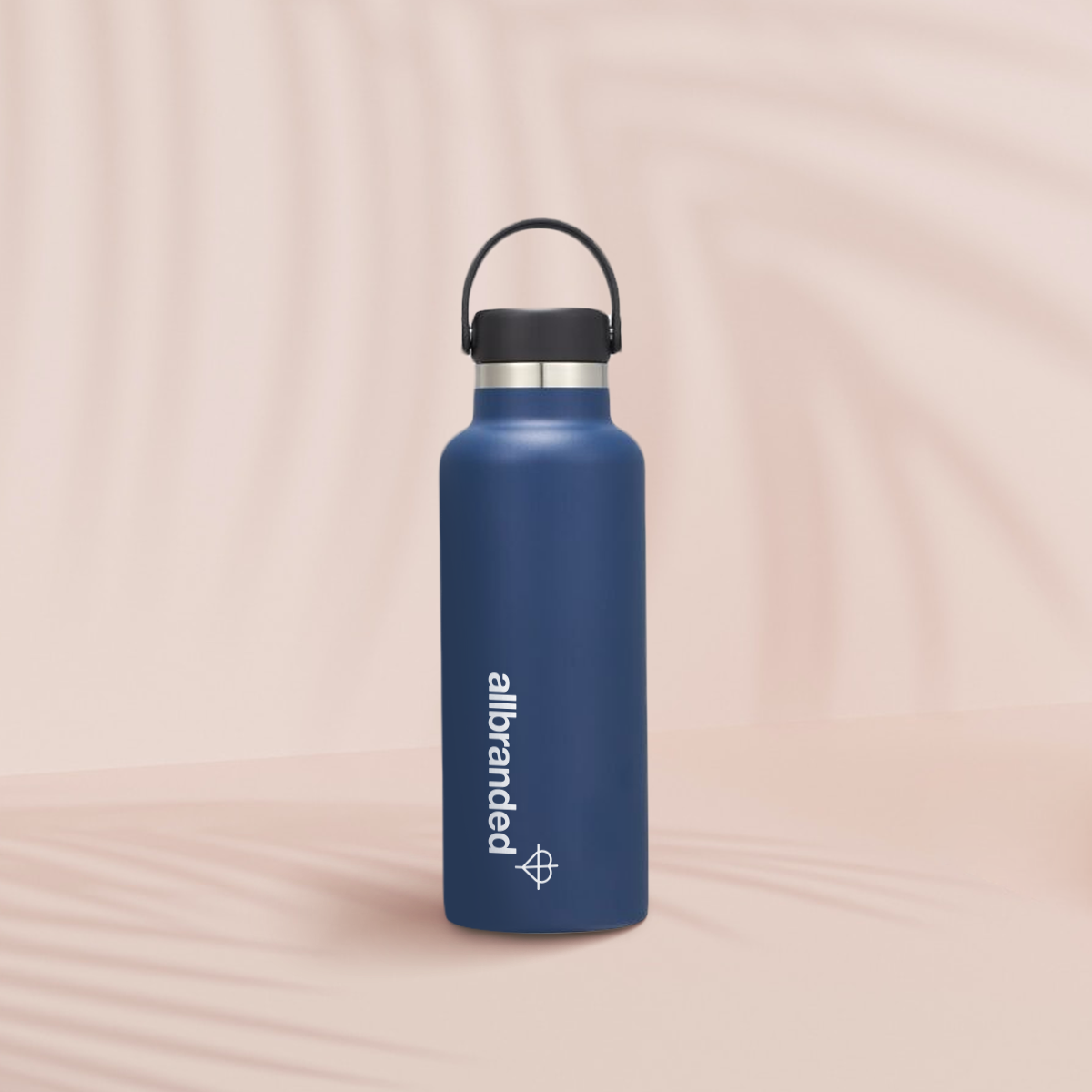
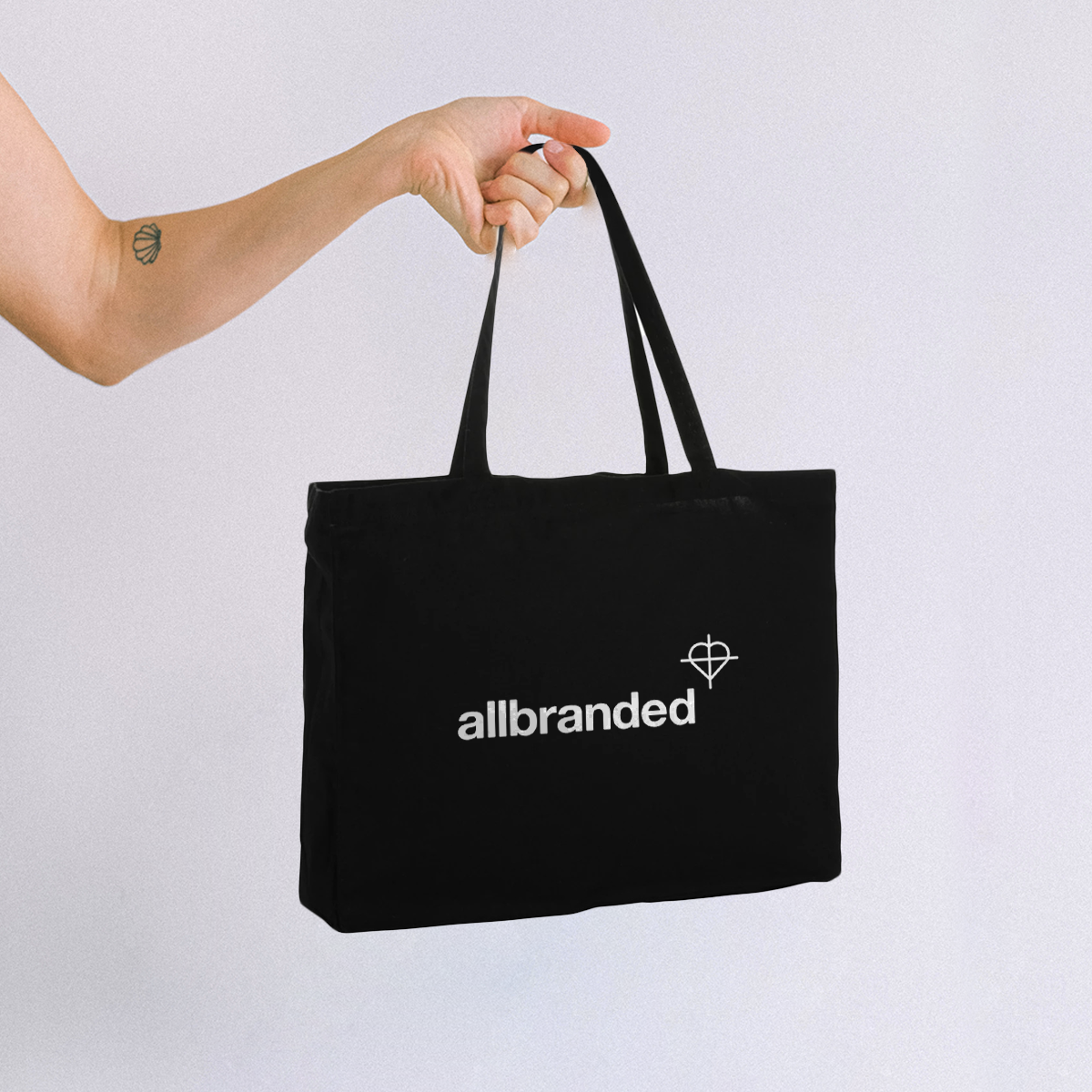
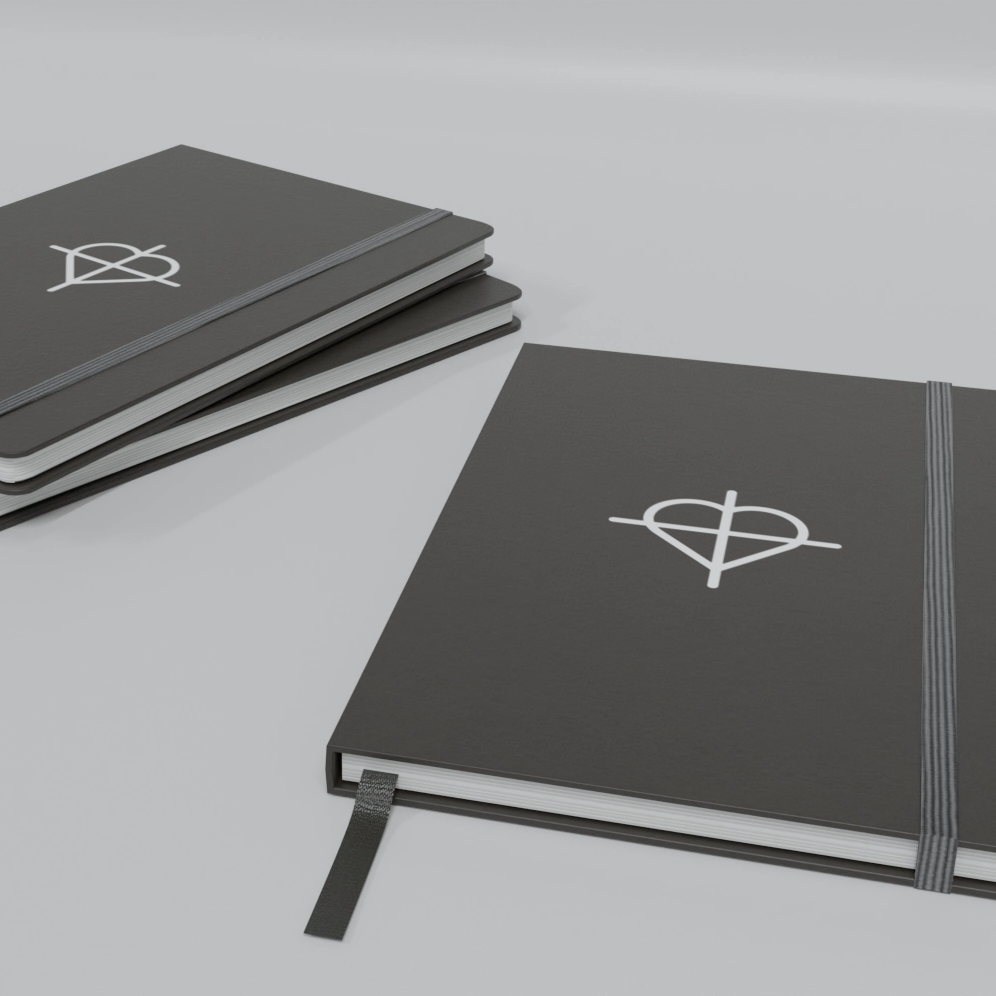
.png)
.png)
